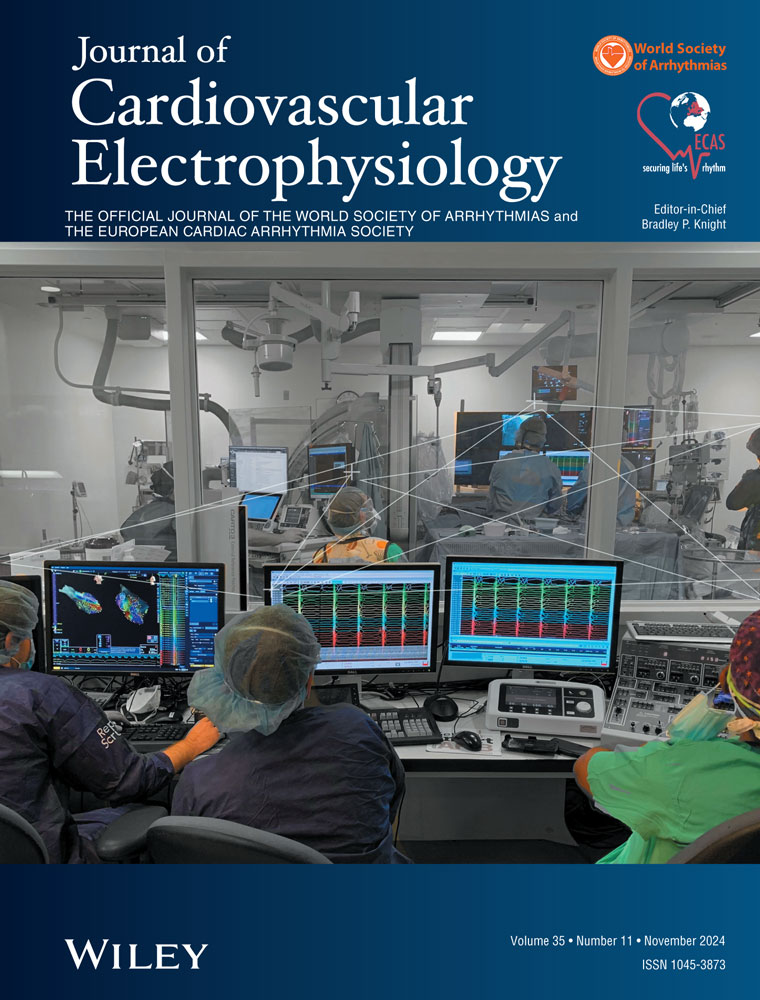The positive F wave in lead V1 of typical atrial flutter is caused by activation of the right atrial appendage: Insight from mapping during entrainment from the right atrial appendage
Disclosures: None.
Abstract
Introduction
Typical atrial flutter (AFL) is a macroreentrant tachycardia in which intracardiac conduction rotates counterclockwise around the tricuspid annulus. Typical AFL has specific electrocardiographic characteristics, including a negative sawtooth-like wave in the inferior lead and a positive F wave in lead V1. This study aimed to analyze the origin of the positive F wave in lead V1, which has not been completely understood.
Methods
This study enrolled 10 patients who underwent radiofrequency catheter ablation for a typical AFL. Electroanatomical mapping was performed both during typical AFL and entrainment from the right atrial appendage (RAA). The 12-lead electrocardiogram (ECG) and three-dimensional (3D) electroanatomical maps were analyzed.
Results
The positive F wave in lead V1 changed during entrainment from the RAA in all the cases. The 3D map during entrainment from the RAA revealed an area of antidromic capture around the RAA, which collided with the orthodromic wave in the anterior right atrium. This area of antidromic capture around the RAA was the only difference from the 3D electroanatomical map of AFL and is considered the cause of the change in the F wave in lead V1 during entrainment.
Conclusion
The analysis of the differences in the 12-lead ECG and 3D maps between tachycardia and entrainment from the RAA clearly demonstrated that activation around the RAA is responsible for the generation of the positive F wave in lead V1 of typical AFL.
CONFLICT OF INTEREST STATEMENT
The authors declare no conflict of interest.




